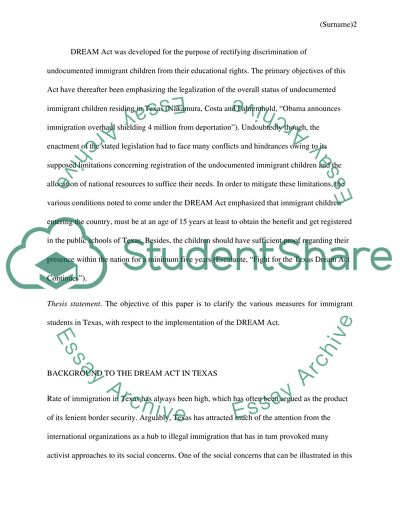Cite this document
(The Significance of the DREAM Act of Texas Term Paper, n.d.)
The Significance of the DREAM Act of Texas Term Paper. Retrieved from https://studentshare.org/law/1698543-discusses-the-dream-act-in-texas
The Significance of the DREAM Act of Texas Term Paper. Retrieved from https://studentshare.org/law/1698543-discusses-the-dream-act-in-texas
(The Significance of the DREAM Act of Texas Term Paper)
The Significance of the DREAM Act of Texas Term Paper. https://studentshare.org/law/1698543-discusses-the-dream-act-in-texas.
The Significance of the DREAM Act of Texas Term Paper. https://studentshare.org/law/1698543-discusses-the-dream-act-in-texas.
“The Significance of the DREAM Act of Texas Term Paper”, n.d. https://studentshare.org/law/1698543-discusses-the-dream-act-in-texas.


